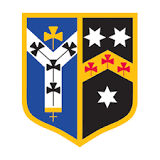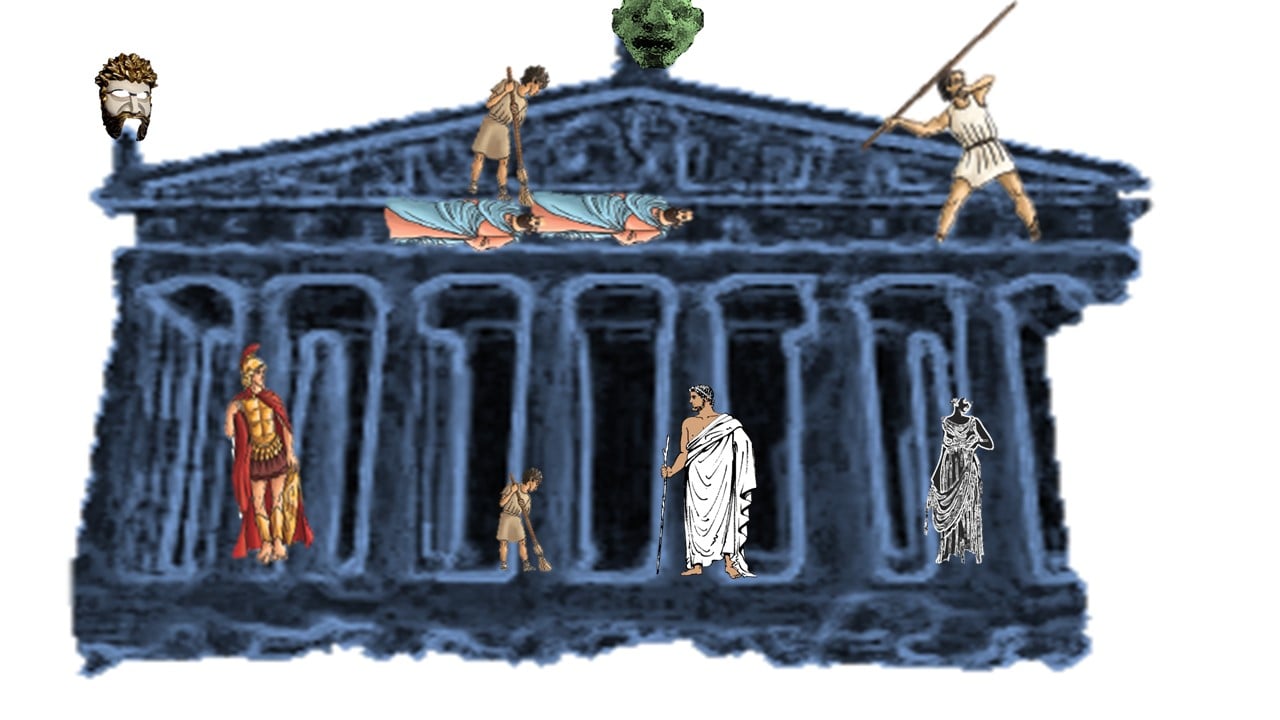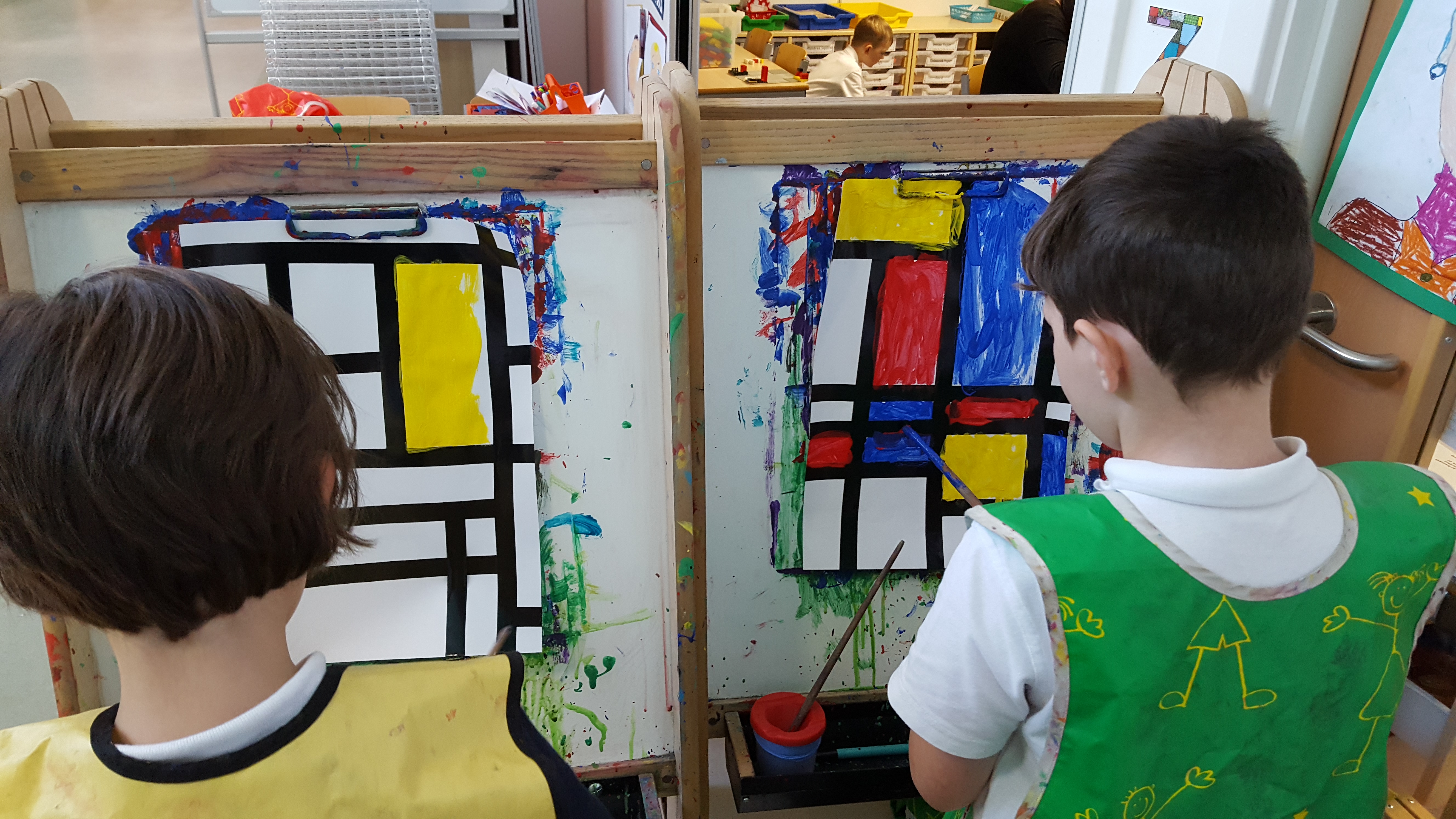
Arts Award Explore alongside a Year 6 musical production
BY: Guest Writer
03 Dec 2024
The theme we’re exploring on the Arts Award Blog in November is ‘theatre’. To start us off, Anna Kearns, Music Teacher at Turnfurlong Junior School in Aylesbury, Buckinghamshire explains how Year 6 pupils work on Arts Award Explore as part of their school musical production and in so doing, go through a process of self-discovery.
How Explore works at our school
At Turnfurlong Junior School (TJS), we deliver Arts Award Explore with the whole of Year 6 (93 children), based on the Year 6 musical production. Students complete Explore during curriculum time; first during their music lessons in the summer term and then later on in the term as a station during a carousel of parallel activities during early stages of rehearsals. The reason for the carousel approach is instead of having all 93 children in the hall at once with only the main characters being busy, the students are separated into different groups according to what they would like to do for the play, (props, dancers etc). They go off in smaller groups to rehearse whilst the main characters are blocking out scenes. We have found this approach much more effective.
Arts Award gives our pupils an enriching experience and it’s also an excellent way to add weight to the production. As a direct result, we have seen significant improvements in the behaviour and engagement of those children who are not chosen for main acting roles. I believe this is mainly due to the research element of Part B (Explore) where children find out about the work of artists and arts organisations, which improves their understanding of how important technical and backstage roles are. This meant that children with non-performing roles still felt important and valued.
Meeting the Explore criteria
Since we began delivery of Arts Award Explore, we have seen an increasing number of children specifically ask to do set design, lighting, props, and make-up design. Our approach to delivering Explore allows them to utilise their skills and knowledge, enabling them to have some ownership over the show and produce a scaled down version of what they have researched for Explore (Part B). Our pupils can choose to research any artist, but many choose to research the cast of the professional version of the show we’re currently working on. One of our students was so inspired by the actor he researched that he even tried copying some of the facial expressions the actor used in the West End show and he included photos of him doing this in his arts log (see header image above).
When Year 6 did a production of ‘Matilda’ I created PowerPoint arts log templates for the children to complete, so that we could make sure they were meeting the evidence requirements of Explore and the children knew what they needed to do for each of the four parts. The templates also gave the children freedom to evidence their learning in any way they liked, meaning the arts log was more personal and unique. The children accessed the PowerPoint templates via Google Classroom using the school iPads.
For Part A (Take Part), some of our pupils explored other art forms such as visual arts. One of our pupils explored painting, design, shading and pattern-making to create a letter from the alphabet to be displayed as part of the set for our Matilda production. Another pupil took part in a watercolour painting activity where they created a picture of a Matilda character in the style of artist Quentin Blake, who illustrated the original Matilda book written by Roald Dahl. Some pupils researched the Roald Dahl Museum for Part B. For Part C (Create), one of our children explored scriptwriting and decided to write a ‘deleted scene’ for Matilda rather than re-write an existing scene (see photo below). They made sure to keep some of the original features of the characters like accents and common phrases they say. They also acted out the new scene themselves to check it would work.
At the end of their Explore project, our pupils reflected on what they did for Explore overall and picked something they learnt and something they enjoyed, as well as something that surprised them and something that they didn’t know that they do now. They shared all their reflections with various teachers in the school, including myself.
The Arts Award Explore structure encourages our pupils to push themselves out of their comfort zone in Part A, where they take part in arts activities and create a piece of artwork for Part C. Some of our pupils have tried something new in Part A and surprised themselves, despite feeling very uncomfortable with the activity at first. These kinds of break-through moments are exactly why the Arts Award structure is so important; it helps broaden young people’s expectations of themselves as they go through a process of self-discovery through the arts. In addition, their hard work and personal journey are recognised and celebrated through achieving a qualification.
Plans for the future
Our future plans include using Arts Awards as a transition tool for Year 2 going into Year 3 and to build relationships with our partner secondary schools. Eventually I would like to offer Arts Award Discover through to Gold Arts Award using Year 6 productions at Turnfurlong Junior School as the vehicle. Although the year 6 production would be the vehicle, Gold Arts Award would be aimed at students in Years 11 to 13. This approach would start on a small scale and potentially increase depending on the number of older students who would like the opportunity to achieve Bronze, Silver and/or Gold Arts Award.
I believe there is potential for our school and our partner secondary school to put on the same productions each year, but at different times of the year. Our partner secondary school puts on a production in February so it wouldn’t be too difficult to agree the same shows. This would have the added bonus of TJS students being able to watch the production before we start rehearsing and possibly have a readymade mentoring system in place, whilst setting aspirations high. For example, the secondary school Miss Trunchbull actor/actress could coach our Miss Trunchbull actor/actress. Or budding choreographers or set designers could mentor students with the same interests at TJS.
This relationship would be mutually beneficial to the students in both schools because for Gold Arts Award young people could deliver a workshop as part of their Unit 2 leadership project and for Arts Award Explore, young people need to participate in arts activity-based workshops. Student mentoring already happens informally so I would like to ensure that older students who are offering their time and experiences have the opportunity to benefit from this if they would like to.
This mutually beneficial cyclical approach is logistically challenging, but we are making small steps in the right direction to build the relationships needed to grow this approach over the next few years.


Images are all excerpts taken from Turnfurlong Junior School pupil Jack's Arts Award Explore PowerPoint portfolio based around their production of 'Matilda'
Related posts
BY: Alan Lynch
BY: Guest Writer
BY: Sarah Longfield




Comments & Replies